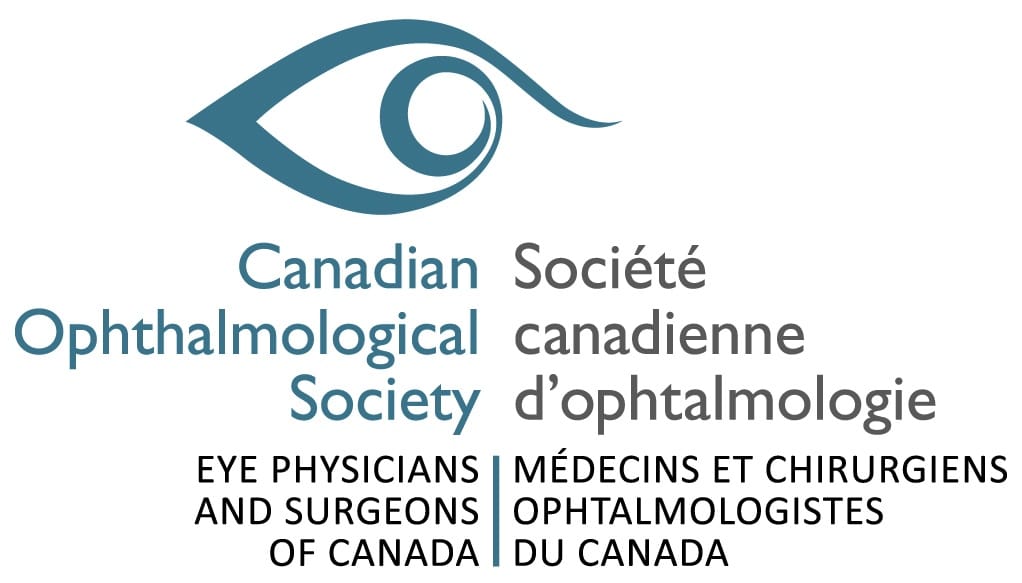Click Here For More Information
Manual cataract surgery
Manual or standard cataract surgery involves the surgeon using a blade to create a small incision on the cornea and using tools to create a capsule opening to reach the cloudy cataract lens. The cloudy lens inside the eye is broken up using an ultrasonic probe then removed, through the technique of phacoemulsification.
Phacoemulsification is a widely used cataract surgery technique where the cloudy lens inside the eye is broken up using an ultrasonic handpiece and then removed. This technique is particularly effective for softer cataracts, requiring moderate ultrasonic energy. It also facilitates the insertion of the foldable intraocular lens (IOL) through the small incision.
This standard method of phacoemulsification offers excellent outcomes for uncomplicated cases.

Femtosecond Laser-Assisted Cataract Surgery (FLACS)
FLACS is a method that uses femtosecond laser to create precise incisions and cataract fragmentation, which can reduce the amount of ultrasonic energy needed. FLACS offers greater precision, consistency, and reproducibility, particularly in centering the IOL and managing astigmatism.
Here is how it works:
Mapping the Eye
3D mapping of the eye gathers information about your lens and surround structures allowing for precise location, size, and depth of the incision
Laser Incisions
The laser makes the corneal incision and the opening in the lens capsule. The laser also creates specific peripheral corneal relaxing incisions to correct small amounts of astigmatism, called limbal relaxing incisions (LRI). The laser also softens the cataract, reducing the amount of ultrasonic energy needed.
Lens Removal
An ultrasound probe breaks the lens into pieces, which are then suctioned out.
IOL Implantation
The surgeon implants the new artificial lens (IOL). Most often, the incision does not require stitches.
Benefits of FLACS
Using the Femtosecond Laser-Assisted Cataract Surgery (FLACS) method offers immense advantages when considering lifestyle choices with less dependence on glasses after cataract surgery with premium lenses or correction of specific types of vision, including astigmatism or presbyopia.
For patients opting for premium lenses, FLACS provides a more predictable and controlled surgical environment, which is crucial for achieving the best possible visual outcomes.
Precision and Reproducibility
FLACS allows for highly precise incisions and creates a perfectly round and centered opening of the capsule, which is essential for the optimal positioning of premium IOLs, providing better visual quality and stability.
This precision combined with better mapping allows for a tremendous level of reproducibility for achieving better visual outcomes and reducing the likelihood of lens misalignment.
Enhanced Correction
FLACS can perform precise arcuate incisions on the cornea to correct astigmatism. These laser incisions are more accurate and reproducible than manual ones, leading to better correction of astigmatism and improved visual outcomes.
Reduced Ultrasound Energy and Risks
The laser can pre-soften the cataract, reducing the amount of ultrasound energy needed to break up and remove the lens. this minimizes stress to the eye, potentially leading to faster recovery and less post-operative inflammation.
Risks and Complications
Although cataract surgery is considered safe, there are risks associated with any surgery. Some of these risks may include increase in dryness, floaters, pain, infection, and corneal swelling. Most patients undergo this procedure without any complications.








